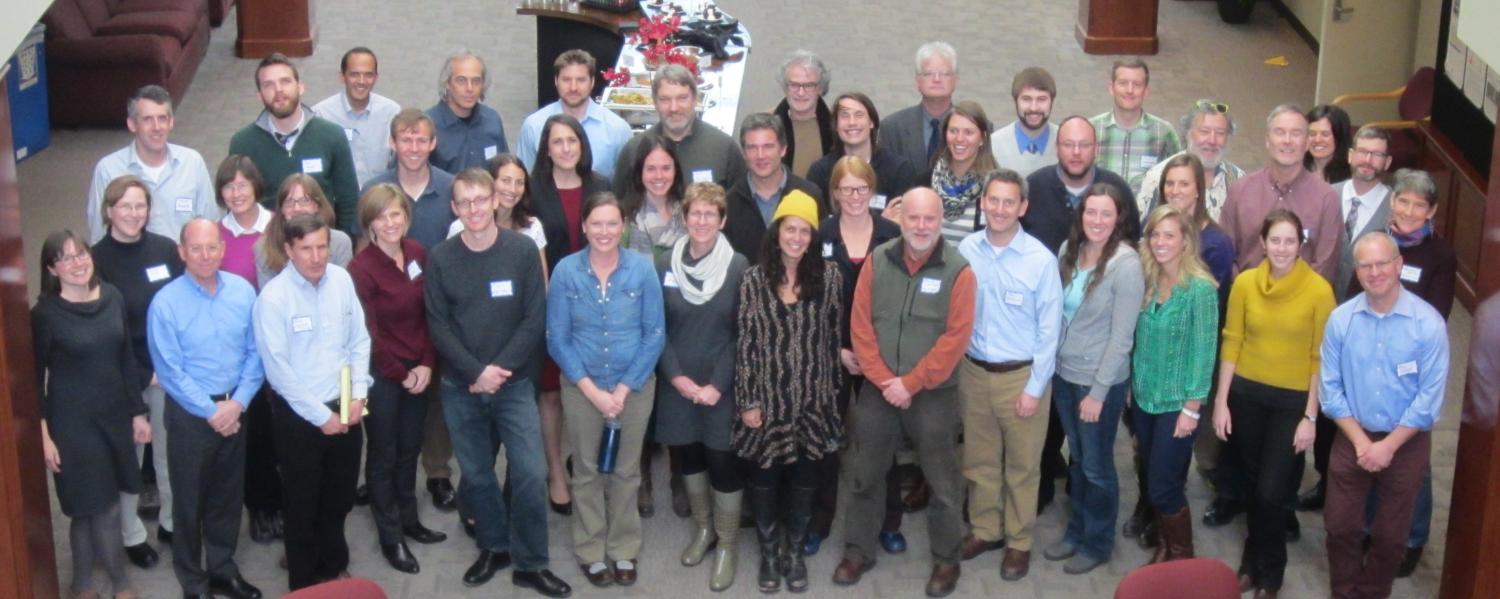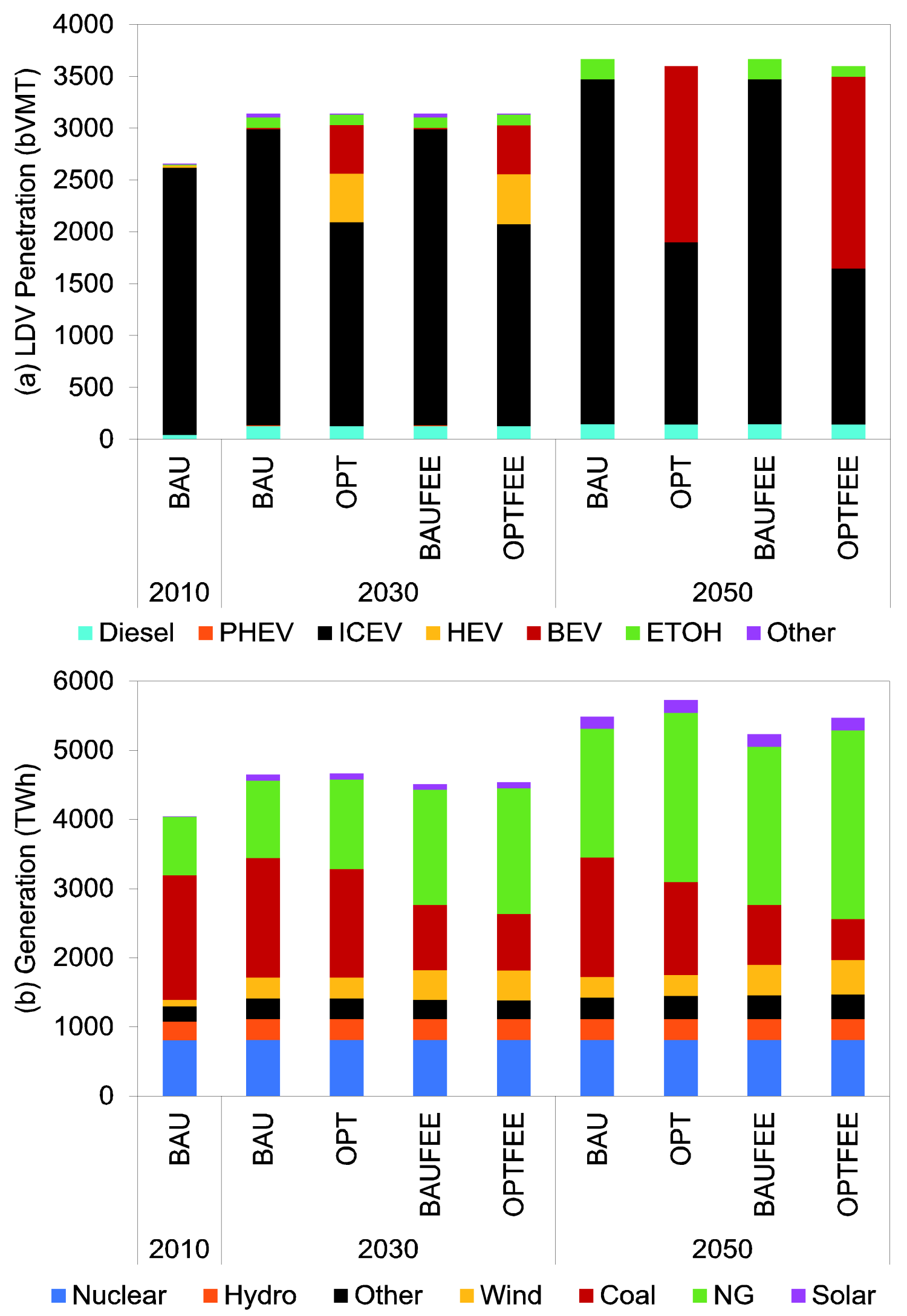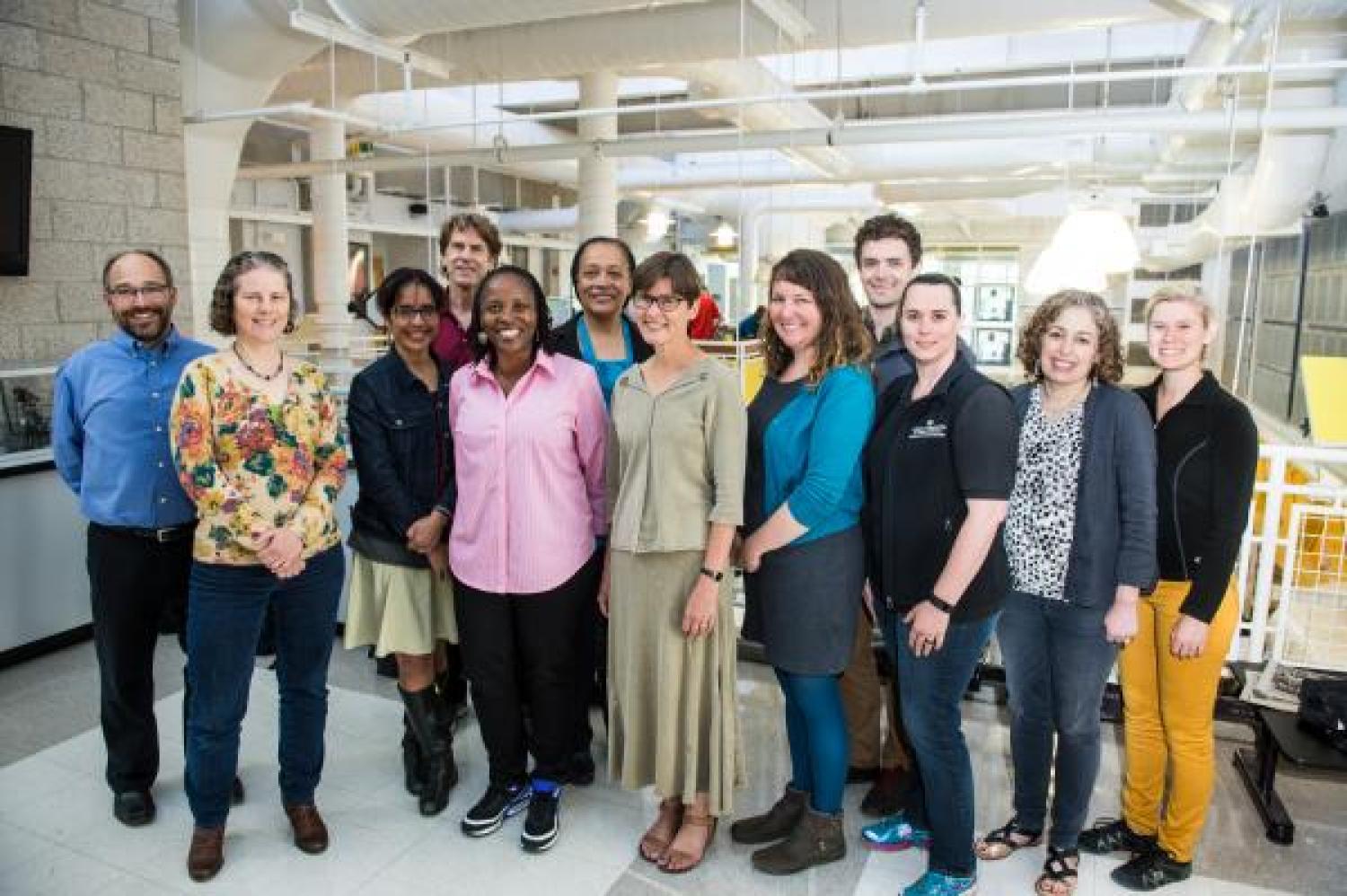Research

Overview
Professor Milford’s research interests focus on modeling the air quality impacts of energy and transportation systems. She also conducts interdisciplinary research on the use of science in environmental decision-making. She is a member of the leadership team for the National Science Foundation-funded AirWaterGas Sustainable Research Network, which is examining multi-media environmental and health impacts of unconventional oil and gas development.
Projects
Routes to Sustainability for Natural Gas Development and Air and Water Resources in the Rocky Mountain Region (AirWaterGas) National Science Foundation (with R. Nsanzineza, J. McLeod, K. Kurashima, S. Capps, G. Brinkman, M. O’Connell).
- Under the AirWaterGas project, Professor Milford and her students and colleagues are studying the air quality tradeoffs associated with increased natural gas production and use in the Rocky Mountain region. The research involves linking energy systems, emissions, and atmospheric chemistry and transport models to develop future scenarios and investigate their air quality implications.
- Professor Milford’s group is also applying statistical source apportionment techniques to help estimate the contribution that oil and gas production makes to air pollution in the Denver-Julesburg basin, and how that contribution has changed over time as more protective regulations have been adopted while production has increased.
Sustainable Energy Pathways: A Lab-to-Market Paradigm for the Optimal Design of Sustainable Energy Storage Materials, National Science Foundation (with A. Keshavarzmohammadian, D. Henze, S. Cook, S. Lee)
- The Sustainable Energy Pathways project is a collaboration with materials science and business school faculty to develop and assess the commercial prospects and environmental implications of advanced traction batteries for electric vehicles. Professor Milford’s group is conducting environmental life cycle assessment for the project. The anticipatory life cycle assessment includes energy system and emissions modeling for future scenarios of electric vehicle adoption in order to address the “in-use” stage of the battery life cycle. A detailed “cradle-to-gate” life cycle assessment is also being conducted for battery production.
The Redshirt in Engineering Consortium, National Science Foundation (with T. Ennis, A. Doostan, K. O’Connor)
- The Redshirt in Engineering Consortium is a partnership of six universities sharing best practices for broadening participation in engineering by offering a “redshirt” year to motivated and talented students who need additional preparation before diving into the full undergraduate engineering curriculum.


AirWaterGas Team

US technology mix for (a) LDV and (b) electricity generation by scenario and year. PHEV, ICEV and HEV are gasoline fueled (Keshavarzmohammadian, Henze, and Milford, Environ. Sci. Technol., 51:6665-6673, 2017)

Prof. Jana Milford, PI of the CU Boulder Engineering GoldShirt project


